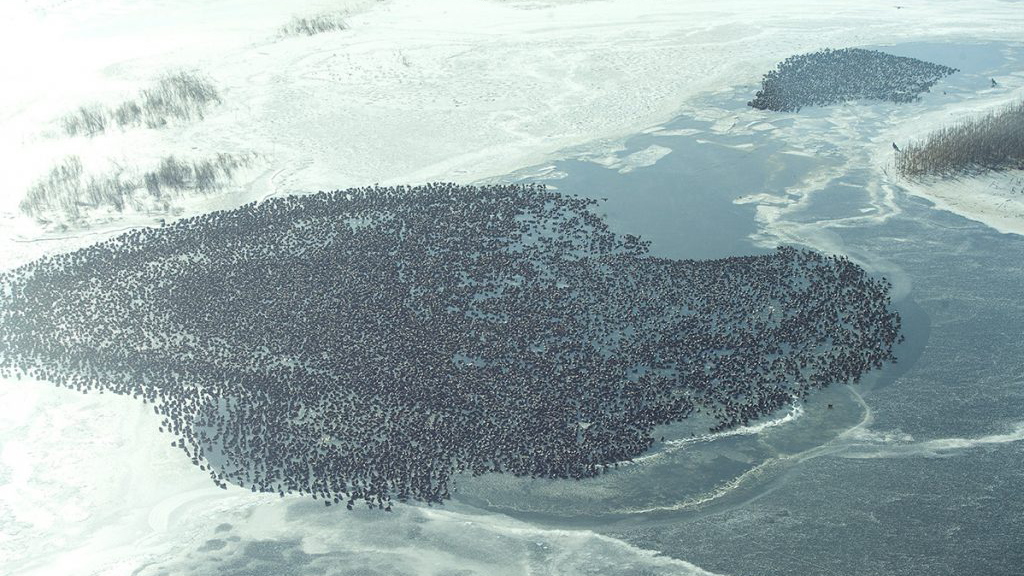
April 21, 2021
Artificial intelligence (AI) is good at recognizing a single bird in an image. Where it falls short is when it tries to identify hundreds of tiny birds in an aerial photo. Yi Shang, a professor in the University of Missouri College of Engineering, and his research team have been working for three years to see where AI can improve its vision when it comes to small objects.
“Computer vision has made big breakthroughs in recent years because of deep learning,” Shang said. “Facial recognition is considered solved — computers recognize faces better than humans do. But if it’s a small face in a crowd, or a small object in an image, low resolution and lack of object details make recognition more difficult.”
Shang’s lab is developing several deep learning methods that can better identify birds and regions of invasive species from aerial images taken by drones. Last year, Shang received a grant from the Missouri Department of Conservation to develop a system to use drones and deep learning to automatically count waterfowl populations and survey invasive species.
To do so, students are manually identifying and labeling each bird within an image to train AI what to look for even when birds are partially hidden. It takes hours to label an image with hundreds of birds, but the work is necessary to improve the deep learning model’s ability to detect small objects.
The team’s goal is to reduce the need to do manual counting in the future.



